How to Remove Your Hair Extensions At Home, According to Stylists
- The Shampoo Lounge

- Jan 19, 2021
- 8 min read
Updated: Jan 20, 2021
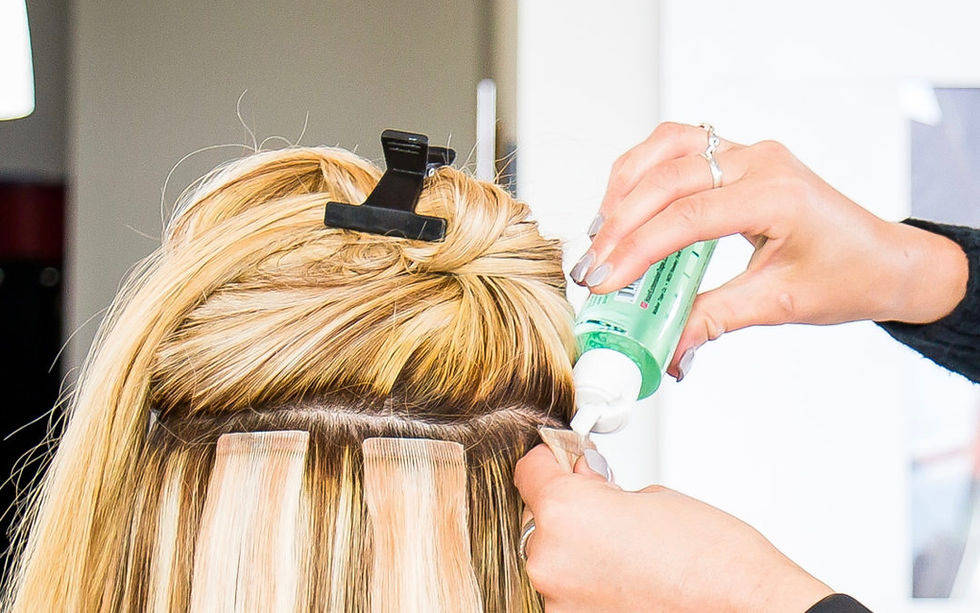
In general, you should leave this to the professionals, you can contact The Shampoo Lounge or click this link for remove your hair extensions. But, if you can't wait until your next appointment, here are the least risky ways to take out tape-in, bonded, and sewn-in extensions.
Let’s get this out of the way: In the grand scheme of things, there are bigger fish to fry than hair extensions. The reality of living in the world with COVID-19 is that shelter-in-place orders are longstanding and many people, including our trusted beauty professionals, are unable to perform services or go to work. (There are plenty of ways you can support them while practicing social distancing.)
Without the ability to see their usual stylist, many clients with hair extensions are left wondering what they should do once it’s time for removal. Depending on the extension, there are a few options. Every stylist consulted for this piece agrees that first and foremost you should talk to the person who installed your extensions. They might have thoughts or tips that could save you a lot of wasted time and potentially save your hair, as improper removal can cause hair breakage.
If you can, put off removal until shelter-in-place/safer-at-home orders are lifted. President Trump extended the initiative to April 30, to slow the spread of the virus, although Surgeon General Jerome Adams believes social distancing guidelines will extend into May. If your hair extensions are ready for removal or should have been removed some time ago, here’s how to proceed on your own.
All products featured on Allure are independently selected by our editors. However, when you buy something through our retail links, we may earn an affiliate commission.
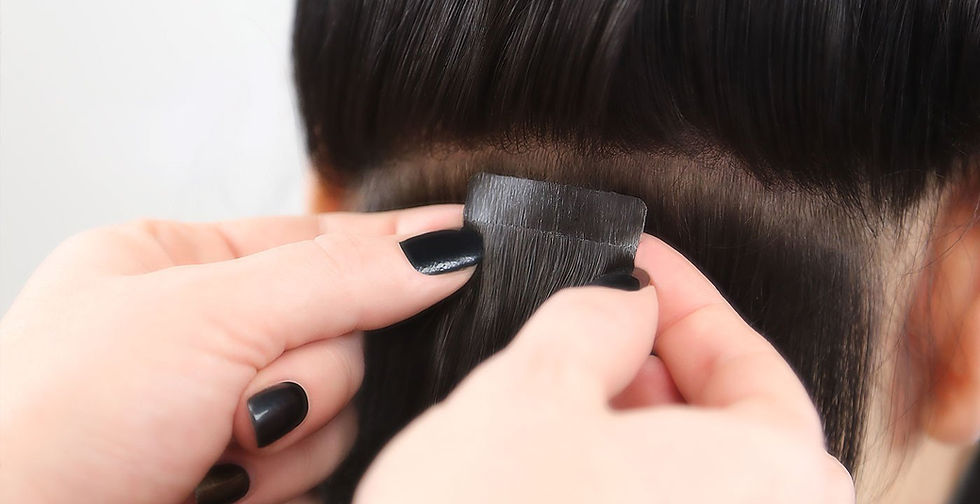
Tape-Ins
The good news is that tape-ins are typically the easiest to remove because of how gentle the application process is on the hair. Anh Co Tran, Los Angeles-based stylist and global creative director for Milbon, uses Extensionology. He prefers tape-ins because he feels they present less wear and tear while they’re installed and during removal.
This type of extension is applied using double-sided tape, which is attached to a small section of your own hair. The extensions are applied on top and underneath that hair, a technique Tran refers to as the “sandwich” method. Alternatively, a single weft of hair can be applied alone to a section of your real hair using the tape with a backing placed underneath to seal it in place. It is recommended that tape-in extensions be removed and reinstalled every eight weeks. So while they do need more maintenance, they’re also easier to take out.
I see Tran for my extensions and learned to remove them myself to make the most of his limited time. (His following suggestion for removing extensions at home was made before the pandemic, when hand sanitizer and isopropyl alcohol were readily and plentifully available.)
“Well, they [can] use hand sanitizer [to remove the tape-ins],” says Tran. “It’s like gold these days. Or rubbing alcohol.” The gel remover offered to professionals by Extensionology is made of 70% isopropyl alcohol, glycerin, and aloe, which is found in hand sanitizers like Purell.
He also recommends anything super emollient. Shine products like Oribe Apres Beach Wave and Shine Spray can help break up the tape, as can oils that are used to smooth the hair cuticle or repair split ends. The key is to fully saturate the band and massage the product in.
“Put [the oil] onto the extension [band] itself, so you can marinate it. Move it around so it comes loose,” says Tran. You’ll massage the tape until it gently peels off the hair and slides down and off the hair cuticle.
There may be remnants of tape left in the hair and there might be hair that collected at the root — the hair you naturally shed throughout its growth cycle. It’s essential to comb out the hair to prevent matting.
“Start from the bottom [of the hair] and work your way up. Don’t start from the top and run it through,” says Tran. “There will be some tangles, so work those tangles out first and work it all the way through to the top. If [the comb] doesn’t go through, add a little more [of the product]. You’re basically spreading it into your own hair so it will be slippery.” This makes it easier to comb through.
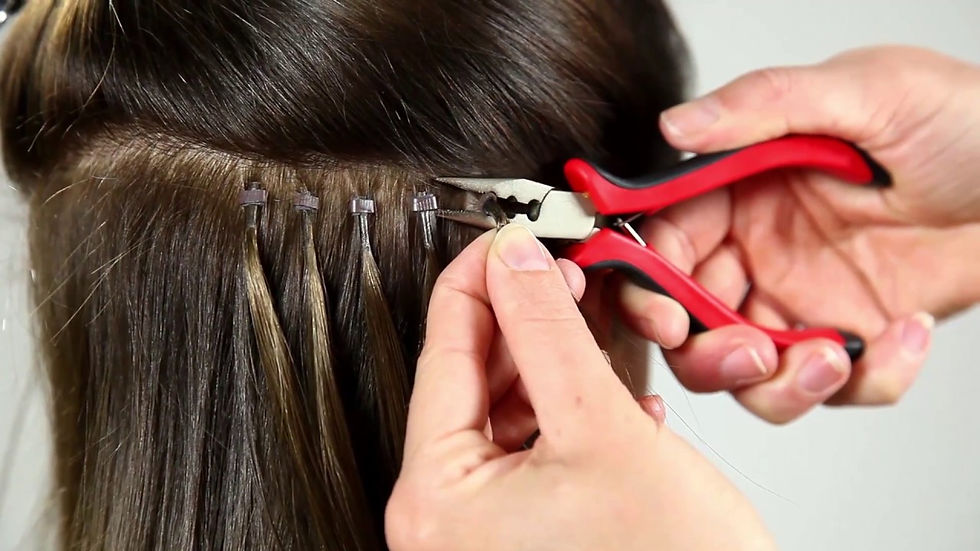
Individual Bonded Extensions
Individual bonded extensions are popular because they are so versatile when it comes to styling. But it’s a service that requires a professional for both installation and removal, as the bonds are more difficult to break up and take out. You also have a higher risk of hair damage if they are not removed properly.
Colorist, extension specialist, and cofounder of Nine Zero One Salon Nikki Lee works with Great Lengths extensions on her clients. The individual bonds are made of keratin, which is a protein naturally found in hair and nails. Lee says the process of applying these bonds is rarely where the damage happens. “I would say more than half the people get damage to their hair with the removal process,” says Lee, not the application.
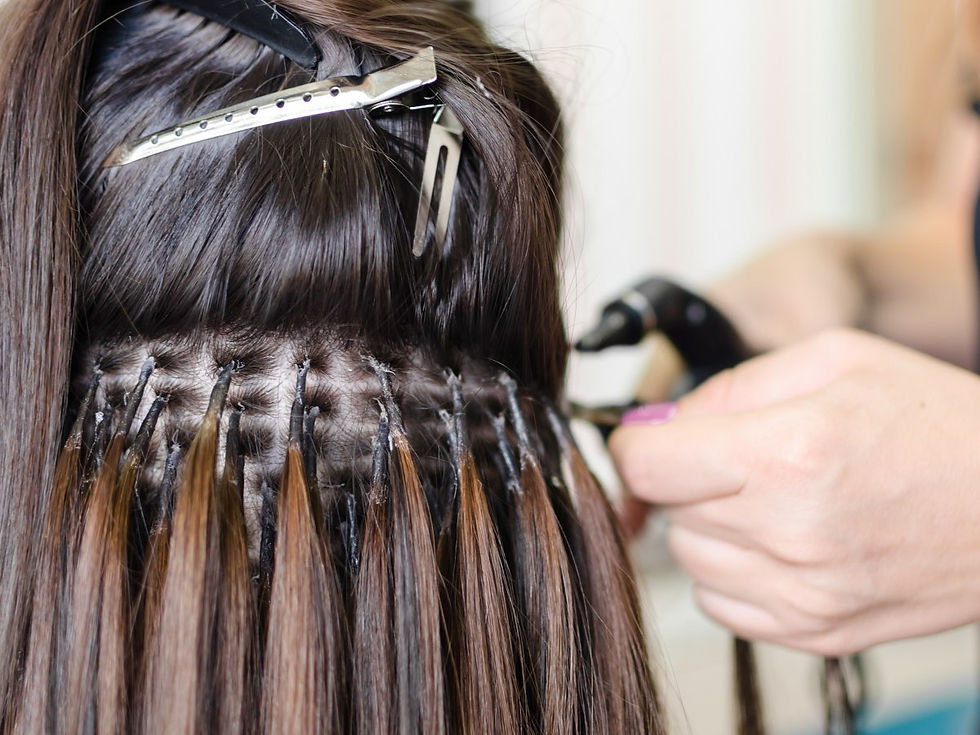
Sarah Hyland, one of Lee's clients, recently had to remove her own extensions at home with the help of her fiancé Wells Adams. “I did a FaceTime consultation with the two of them and walked them through step by step to properly remove the extensions,” said Lee. “He did it and her hair was fine. Here’s the problem: If you’re quarantined by yourself, the struggle is very real. If you’re by yourself, the best thing you can do is just keep using whatever brush your stylist recommended you brush your hair with, brush your hair very gently, and make sure your extensions are not tangling at your root area.”
If you happen to be isolated with someone, Lee suggests contacting your stylist and asking if they have something specific they can order to help your friend with the removal process, which she emphasizes will take time and patience because you have to remove the extensions one by one. (In other words, you will owe this person a delicious quarantine meal.) A representative for Great Lengths told Allure they do not offer at-home removal kits, so you’ll likely need to ask your stylist how to get one or see if the stylist has other options.
“I know a couple of our girls have gone on Amazon. There’s the Hair Shop. They have a store on Amazon and there is a removal solution and tool you can purchase that does work [if you need to take] desperate measures,” says Lee. “If we're quarantined for six months, God save us all. Desperate measures. I think that that works on most bonded extensions.”
You will also need a tool to break up the bond after the removal solution is applied to the tip. “The tool literally looks like a set of pliers, which seems very scary. This is why it’s very important that the solution is only on the bond,” says Lee.
“You need to push away any hair that’s surrounding the bond, get it out of the way, put the solution on the bond, and then you use, for lack of a better word, the plier-looking tool to break up the bond. You’ll gently clamp at it and it kind of starts breaking up into little pieces and then you can slide it off the hair,” she says.
If you’re doing this alone, you can’t really see your entire head, so you risk clamping down onto your own hair and causing breakage, which is why both Lee and stylist Sabrina Porshe suggest waiting for a professional, if possible. This also goes for individual micro link extensions that use plastic or metal tips.
“While you are waiting for the quarantine to be over, I would suggest very low manipulation to your hair,” says Porsche. “Try not to pull on the hair too much, especially if you feel the links are grown out more than you're used to because that can cause more tension. Washing is okay, but just be mindful of the new growth.”
Unlike tape-ins, Lee says your hair should definitely be dry if you’re going to attempt to remove individual bonds. “A lot of people think, Oh, if I get my hair wet and put a ton of conditioner on it and then put on the solution, it will slide right out. No! For whatever reason, when it’s wet, it makes the bond harder and it doesn’t break up as easily. And remember too that when hair is wet, it’s elastic, so it stretches. If you’re trying to pull that bond down, you have a greater chance of it snapping.”

Sewn-In Wefts
Porsche specializes in several extension techniques, including sew-ins with full and partial braid downs, where the weft of hair is literally sewn through the braid.
“If you live alone and don't have help, you are going to have to use your sense of touch [to remove sew-ins],” says Porsche. “If you have a full or partial sew-in and your hair has grown out, some of the things you would need are small scissors, a mirror, clips to hold back the hair, and a trash bin.”
She suggests clipping all of your natural hair out of the way to avoid accidentally cutting it. Then, slowly take your scissors to cut the thread that’s attached to the weft of hair — not the weft itself.
“Once you get to the back, you will need to either use a mirror to see, or you can feel along the weft to ensure you are only cutting the thread,” says Porsche. “Once you have completely taken out the extensions, you will be left with the braid down. Depending on your hairstylist’s technique, it is possible that she may have sewn your hanging braids together with thread or she could have fed your hair into the next braid, or they could have crocheted the braids into each other. Either way, you would need to find where the end braid is and start unbraiding.”
Colorist and extension expert Kacey Welch specializes in silk weft sewn-in extensions. The Kacey Welch Method works by utilizing a track of silicone-filled metal beads that are clamped to the natural hair. The silk wefts are sewn into those tracks.

“I would never in a million years advise a client to take out their own extensions. That’s not advisable. But we are in very extreme circumstances and it is coming up with my own clients,” says Welch, whose clientele includes Goldie Hawn. Welch explained to someone who lives with Hawn how to remove the extensions after sending an at-home removal kit to Hawn, which included a small pair of scissors to cut the thread, pliers to remove and unclamp the beads, and a bag to store the hair, which is reusable and lasts up to a year. Welch is offering at-home removal kits on her website for $55.
“The Kacey Welch Method can last up to 12 weeks. This is true for most sew-in extensions. If you’re at the six-week mark, I would say hold out as long as you can and try to reassess the situation one month from now,” says Welch. However, if your hair is at week 10, or you just want them to come out, she advises contacting your stylist for direction. If you’re having trouble reaching them, you can contact one of Welch's artists around the country using her artist directory.
“If you have somebody who can help you, that would be the best way to go. If you’re living alone, stick it out,” says Welch. She suggests your hair be 100 percent dry so you can easily make the distinction between your natural hair and the extension hair when cutting and unclamping.
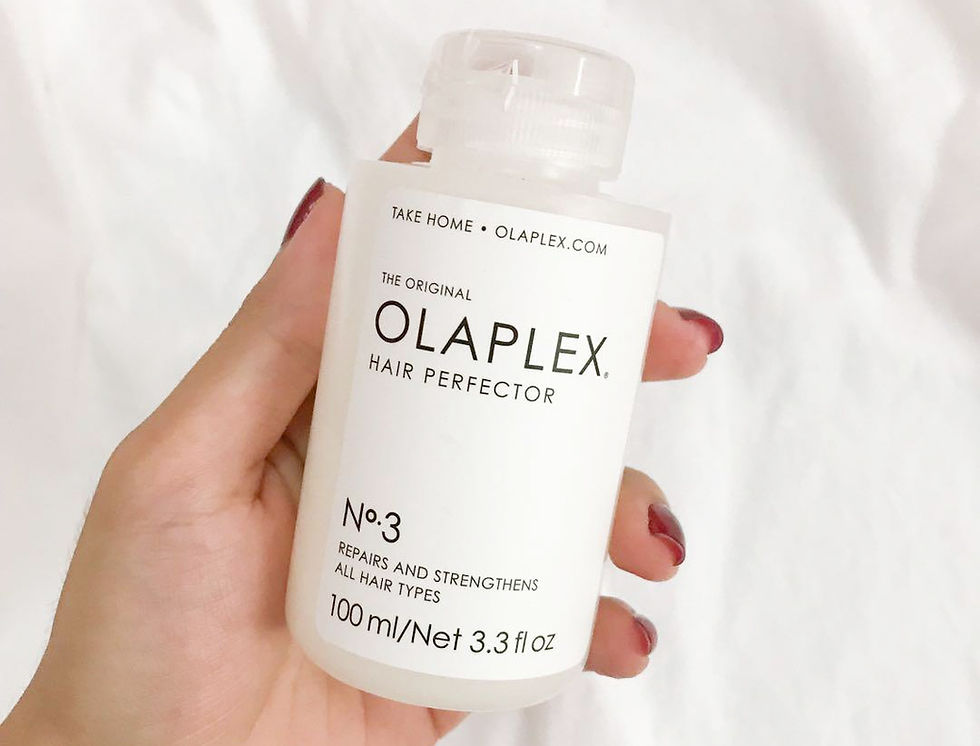
Caring for Your Hair While You Have Extensions
Of course, if you can wait, don’t try to remove your extensions — especially bonds or sewn-in wefts. To keep your hair from matting or tangling, it’s essential to thoroughly brush your hair daily.
If you are able to remove your extensions, now’s the time for some TLC. Welch suggests Olaplex #3, a topical in-shower treatment to strengthen hair and reduce breakage. you can contact The Shampoo Lounge by Whatsapp us +62 853-3833-3338 at or simply click this link
Lee suggests exfoliating your scalp. “If you have an actual exfoliator, great. If not, just your brush. If you have a boar bristle brush, start brushing at your scalp and get the blood flow going because that will stimulate hair growth. Take the time to get your hair healthy. Use a clarifying shampoo and then a good mask. My favorite is obviously In Common [a brand Lee co-created with her salon partner], but any mask you have at home, put it on, let it sit, let it chill. This is the time to do that so when they can go back to the salon, they can do color changes and fresh extensions and everyone’s gonna have healthy hair.”
article is written by Kirbie Johnson for Allure




Comments